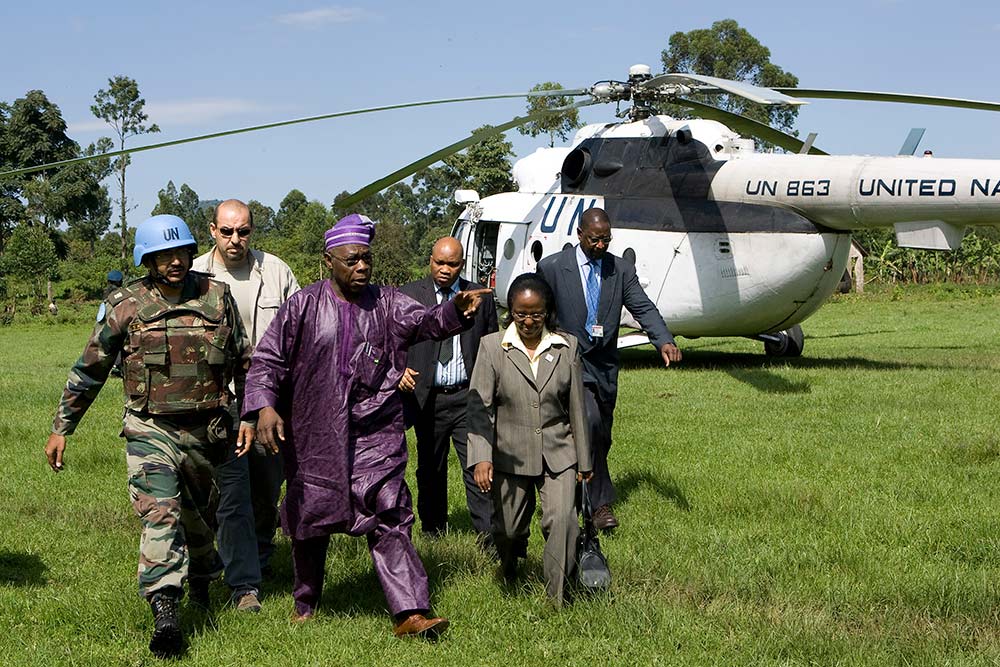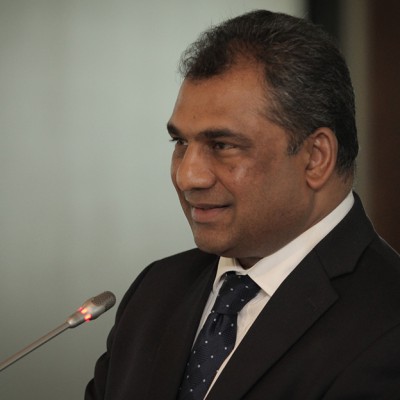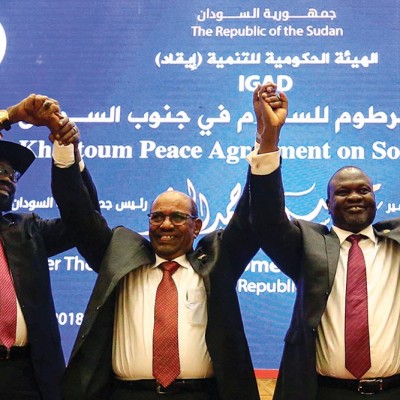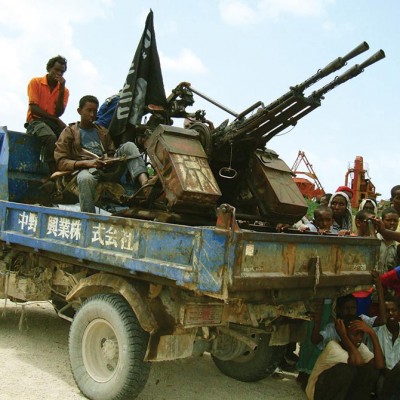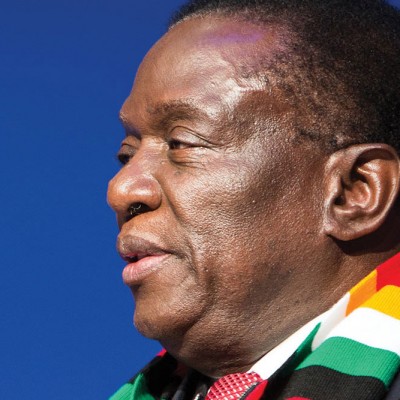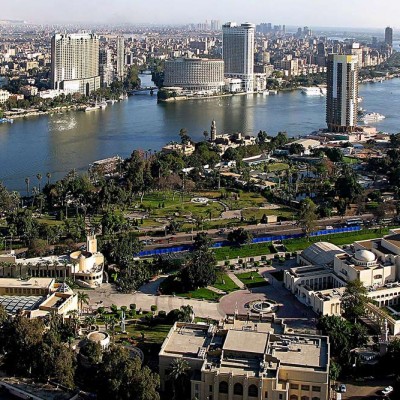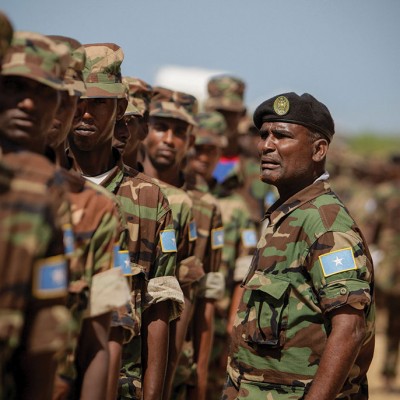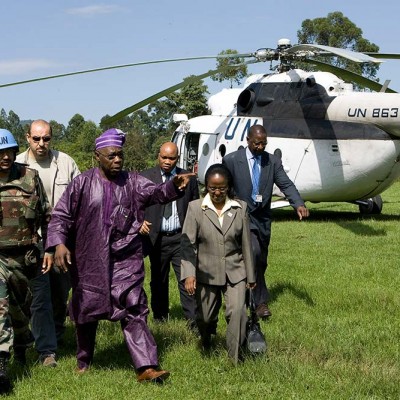“The small is as important as the bigger picture. It is these smaller things, if they are coordinated, that can lead to the transformation of the bigger picture” (p. 10). These are the first two sentences of a recently published book on mediation in fragile contexts, written by Kenyan-Somali peacebuilder, Dekha Ibrahim Abdi, and Swiss researcher-practitioner, Simon Mason. These opening lines capture the essence of the book. The book is broadly concerned with how to deal with violent societal conflict ranging from intercommunity and community-state to nationwide ethnopolitical conflict. A common thread throughout the book is how small steps in peace processes taken by mediators and conflict parties from the bottom up can eventually lead to peace.
It is therefore only fitting that the authors, in a clever play on words, put forward the Short-, Medium- And Long-term Linkages (SMALL) framework to explain how mediation can help to manage and resolve armed conflicts. The book is logically structured, based on this framework. The first part of the book includes chapters on the short-, medium- and long-term impact of mediation, as well as a chapter on fragile contexts. The second part of the book begins with a chapter on the Kenyan conflict context since independence. The authors then discuss Dekha Ibrahim Abdi’s involvement in the Wajir peace process between the Ogaden and Degodia clans in the early 1990s, her mediation efforts between the Pokot and Samburu in 2004 and between the Garre and the Murulle in 2006, and her mediation support role during Kenya’s post-election crisis in 2007 and 2008.
The main strength of this book is that it gives voice to the rich experiences and reflections of Abdi and her approach to peacemaking. As such, the book is a must-read for peace practitioners, who can greatly benefit from Abdi’s experiences and mediation wisdom. Africa has a rich heritage when it comes to useful life experiences and communal approaches to problem solving. This wisdom is rooted in a colourful oral tradition. Many of Abdi’s insights included in the book are therefore verbatim, to do justice to this oral tradition. For example, reflecting on how peace is so much more than just the signing of a peace agreement, Abdi notes that:
Reconciliation and forgiveness is a process and comes gradually; it is an essential and integral part of transforming society to arrive at a just and sustainable peace. However, it does not come automatically as part of political negotiated settlement, but rather it is a social and spiritual process that uses the power of collective wisdom by creating a culture of peace and non-violence that has been designed, resourced and implemented over generations by committed individuals who play the role of the critical ‘yeast’ essential for the growth of a peaceful society (p. 79).
Although the book is a practitioner-oriented book, it also contains valuable insights for mediation researchers. In fact, the book implicitly addresses a pertinent challenge for future research on mediation, namely finding the right balance between identifying general patterns across different mediation processes and acknowledging the unique nature of each mediation process. Within the broader field of mediation, there has been considerable debate on whether mediation is an art or whether it can also be studied scientifically. William Simkin, a renowned American labour mediator, once stated in this regard that “the variables in mediation are so many that it would be an exercise in futility to attempt to describe typical mediator behaviour with respect to sequence, timing or the use or non-use of the various functions theoretically available”.1 Indeed, the outcome of a mediation process often appears to be the result of a unique set of circumstances. Abdi and Mason’s book illustrates clearly how multiple variables also shape mediation in fragile contexts.
This point is well illustrated by a story Abdi recounts in chapter 10 of the book to show how seemingly little things can matter in moving a peace process forward. In 2006, Abdi’s colleague Sheikh Ali Gure tried to mediate between the Garre and the Marehan tribes, but neither of the conflict parties wanted to engage in substantive dialogue before they had agreed upon who was to blame for the start of the violence. In response, Gure told the negotiators:
I really don’t know who is right and who is wrong, but I will tell you a story: once upon a time there was a blind person and a person without legs. The blind guy was standing under a tree with wonderful fruit. So the guy without the legs told the blind guy: “We’re standing under a tree which has fruit which are very high up.” So, the blind guy lifted the guy without legs and put him on his shoulders. The guy with eyes but no legs was about to pluck fruit from the tree when the owner of the tree arrived.
Gure asked the community: “Then who is the thief? Is it the blind guy? Or is it the guy without legs? Is it the one who picked the fruit, or is it the one who did the lifting?” (p. 143). Gure’s story not only made the negotiators laugh, it also made them realise that there can be more than one side to blame for the violence. This moment signalled that both parties were possibly guilty, but that this was not important and that the dialogue should be started. Gure told both parties that he would fine them. Gure subsequently took 10 000 Kenyan shillings from one group and gave it to the other, then did the same to the other group, before starting the dialogue. This broke the ice, enabling Gure to start the mediation between the parties.
Specific mediation interventions such as the one by Gure, which can be so crucial for moving a mediation process forward, are almost impossible to measure and are unique to a given mediation setting. This raises the question of whether studying mediation across different contexts is a futile or valuable exercise.
The uneasy tension between the idiosyncratic nature of mediation success, on the one hand, and generic mediation approaches and theories, on the other hand, is somewhat resolved in Abdi and Mason’s book. It is the collaboration between the authors that makes this possible. Abdi’s rich stories clearly illustrate how incredibly complex mediation is, but the SMALL framework introduced in the first half of the book helps to deal with this complexity. Rather than just considering the impact of mediation across different time frames, the interlinkages between the short-, medium- and long-term impact of mediation are also considered. In addition, the authors consider the interlinkages between the local, national and transnational levels. The authors suggest in the conclusion of the book that this holistic approach allows a mediator to “use in-depth knowledge of a given context to decide on how to use general mediation principles, skills and process design models” (p. 175).
Researchers of mediation would do well to pursue a similar approach to studying mediation. The field is currently still dominated by those who use quantitative methods to produce generic findings on what generally works with mediation and what does not. Yet, these studies often underappreciate the complexity of mediation and the context in which mediation takes place. On the other hand, dismissing the utility of mediation research because every mediation process is unique would entail missing the opportunity to learn from previous mediation processes. Mediation and Governance in Fragile Contexts is therefore not only an important book because of the wealth of practical insights regarding mediation, but also because it shows how a qualitative approach that strikes a balance between a focus on context and a focus on generic mediation theory can move mediation research closer to practice.
Endnote
- Simkin, William, quoted in: Duursma, Allard (2014) A Current Literature Review of International Mediation. International Journal of Conflict Management, 25 (1), p. 93, Available at: <https://doi.org/10.1108/IJCMA-02-2012-0020>

